Advancing geophysical electromagnetic modeling in the exascale computing era
Please login to view abstract download link
The advent of computational geosciences has revolutionized geophysical imaging, with electromagnetic (EM) methods playing a pivotal role in resource exploration and environmental modeling. In the Exascale era, the potential for faster and more accurate data is within reach; however, challenges related to scalability, fault tolerance, and the development of advanced computational methods remain. Europe is leading these efforts through significant investments in EuroHPC infrastructures like LUMI and MareNostrum-V. Modeling and inversion of 3D electromagnetic datasets on exascale computing systems are essential for addressing the next generation of geoscience challenges. These problems are complex, multidisciplinary, and require close collaboration to solve the underlying physical equations, process the data from physical experiments, and generate interpretations based on numerical analysis. In this context, we present our advances in geophysical electromagnetic modeling using exascale computing. Central to this effort is PETGEM (Parallel Edge-based Tool for Geophysical Electromagnetic Modeling), an open-source parallel C code designed for large-scale EM simulations (http://petgem.bsc.es). This talk will focus on three main aspects: 1) the mathematical foundations of our EM modeling approach, 2) real-world case studies of 3D electromagnetic modeling on exascale architectures, and 3) an evaluation of PETGEM’s performance and accuracy. Finally, we will offer summary remarks and conclusions, emphasizing the importance of multidisciplinary collaboration to advance sustainable geoscience solutions.

